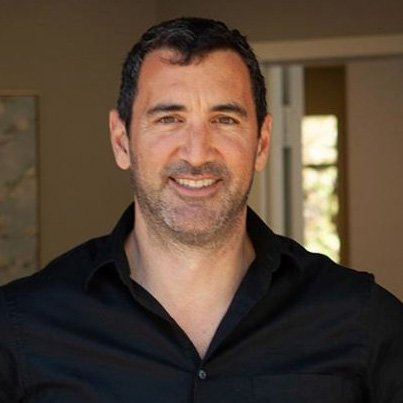Sedation Dentistry: Help is on Your Way
Sedation dentistry involves the administering of anesthetics prior to procedures so patients feel relaxed, their dental pain is controlled or even blocked, trauma is prevented, and the procedure is successfully completed.
Different levels of sedation can be applied, even if it is a simple teeth-cleaning, or a complicated root canal. The level of sedation may also depend on the patient's preference. Any of the following are possible options:
- Minimal sedation or anxiolysis - the patient is fully awake, calm and responds accordingly.
- Moderate sedation or conscious sedation - the patient is still awake, but feeling a little groggy, and remembers little to none of the procedure.
- Deep sedation or analgesia - the patient's consciousness is impaired, but they can still be awakened through repeated or painful stimulation.
- General anesthesia - the patient is subjected to a controlled, reversible state of unconsciousness.
These medications can be administered differently according to purposes and the abovementioned levels of sedation:
- Inhalation - for minimal sedation. The dentist will give the patient a combination of nitrous oxide, also known as the "laughing gas", and oxygen thru a mask placed over the nose. The amount of the sedative gas, and its effect is controlled, and you can expect it to wear off upon completion of the procedure.
- Oral sedation - for minimal to moderate sedation. This is the type of anesthesia commonly associated with sedation dentistry. The level of sedation is dependent upon the dose of the pill being taken. Typically, the drug is Halcion. Patients should consume it at least an hour before the procedure. Sedation dentists should review the appropriate dosage, and the possible side-effects it can induce.
- Intravenous sedation - usually for moderate sedation. It is an invasive procedure wherein the drug is injected thru a vein, and directly circulates into the bloodstream. The sedative effects manifest faster than thru oral sedation. However, patients who are afraid of needles may not be able to manage this type of administration.
- Deep sedation and general anesthesia - for subjection to either partial or complete state of unconsciousness. Medications received are usually for amnesia, analgesia, muscle paralysis, and sedation. The effects wear off after some time, or are reversed with medication.

